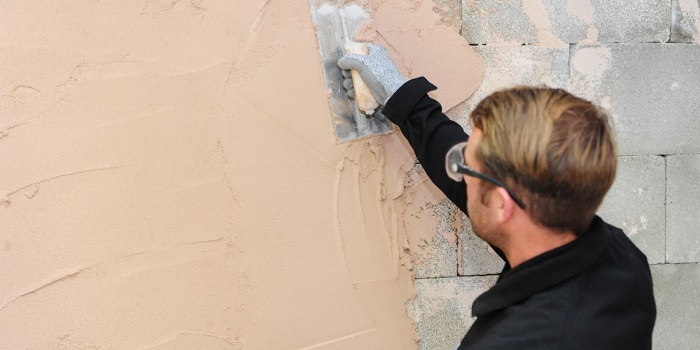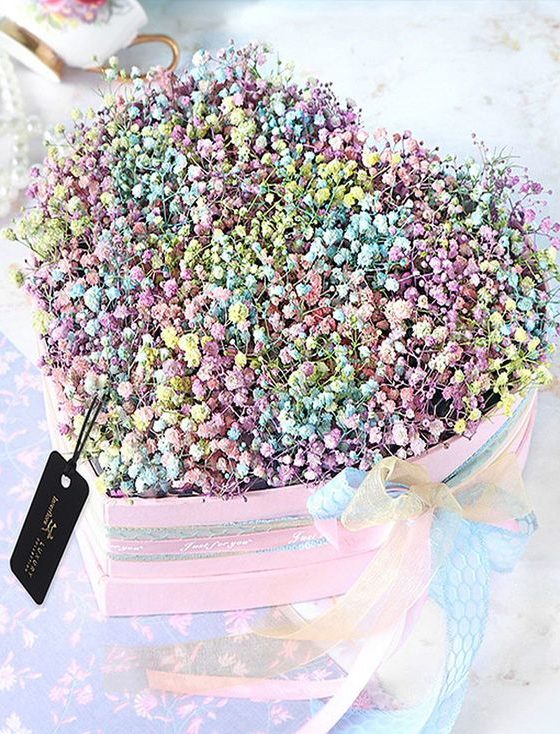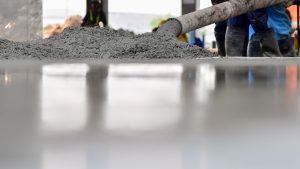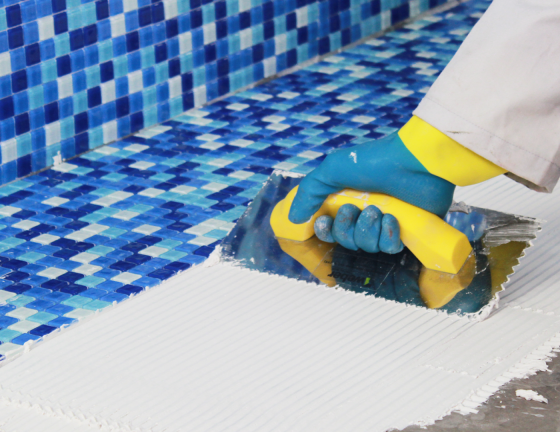Gypsum plaster is most normally utilized in Interior wall plastering and has been generally supplanting the conventional cement mortar plastering.
Even though gypsum plaster is not difficult to apply and requires less experienced labor when contrasted with the conventional cement mortar, it is vital to appropriately set up the wall surface and appropriately apply Gypsum plaster to guarantee no breaks, strip offs and so on,
In this article, we talk about exhaustively the system to apply gypsum plaster on wall appropriately.
Specialized Determination of Gypsum Plaster
- The shade of Completed surface: White
- Setting Time: 25-30 Minutes
- Inclusion region (thinking about 12mm thickness): 21 sq. ft per 25 Kgs Sack
- Compressive Strength: 60-70 kg/cm2
- Timeframe of realistic usability: 4 Months
- Bundle Size: Sack size of 25 Kgs
Method for Inside Gypsum Plastering on Walls
Step-1: Surface Arrangement and Preparation
Before applying gypsum plaster, the outer layer of the wall should be arranged appropriately. Without planning,
- The shaft and brickwork joints ought to be loaded up with the non-shrivel mortar a day before the use of Chicken lattice.
- Chicken lattice ought to be fixed firmly at the joint of brickwork and RCC. Additionally guarantee the cross-over of something like 100 mm on the two sides
- Cement and block surfaces need to be appropriately relieved (applying water on the surface) before applying gypsum plaster. All Blockwork surfaces must be relieved appropriately for at least 7 days
- RCC surface must be checked for any imperfections like honey brushing Dressing must be done whenever expected before use of plaster material
- All openings and breaks on the outer layer of the block facade ought to fix before plaster
- Hack the substantial surface to make better holding between gypsum plaster and substantial surface. On the other hand, holding specialists (like Bond-it by Holy person Gobain) can likewise be applied.
- Guarantee that every one of the electrical conductors and plumbing lines is set inside the blockwork (Assuming they are hidden).
- Guarantee that the RCC surfaces are liberated from covering oil, free materials, or some other specialists
- Unique extension and constriction of RCC and block/stone workmanship could cause stresses and on occasion detachment. To lessen breaks, guarantee chicken lattice (normally 20 gauge) is introduced at block and RCC interfaces, around entryway outlines, around window casings, and opening for electrical and plumbing lines.
- Check the verticality of the wall surface utilizing plumb level and eliminate undulations, if any.
- Clean water on both block and RCC surfaces should be applied 10 minutes before plaster application to control the attractions.
Step-2: Applying Gypsum Plaster on Walls
- Gypsum Plasters can be applied straightforwardly to block facades, substantial squares, or RCC surfaces.
- Gypsum Plasters generally come in prepared mix sacks. Separate the powder in a dry vessel and mix it with water. The mixture must be blended for 2-3 minutes
- Look at the thickness of plaster that should be applied to the wall. It ought not to be in excess of 13 mm
- Apply Gypsum plaster to a strong surface with firm tension.
- As the plaster solidifies, complete further straightening. At the point when the plaster is adequately firm, scour the surface with wipe float and water as required
- Scoop the surface logically to get smooth matt completion
- The finished surface ought to be safeguarded from persistent openness to dampness.
- Drawn out or rehashed openness to dampness might cause a deficiency of solidarity or potentially grip.
- Painting work ought to be just be begun once the surface has become dry.
- Suggested Thickness of Gypsum Plaster
- Gypsum Plasters can be applied from 6mm to 20mm in thickness.
- We suggest a base thickness of 6 mm gypsum plaster to keep away from breaks and debonding
- If more than 20 mm thick of plaster built-up is expected for a wall, then we would prescribe to initially go with a scramble layer of cement and sand plaster for a thickness of 8-12 mm and afterward get done with gypsum plaster for the leftover thickness (which ought not to be under 6mm).
Suggested Finish For Gypsum Plaster
- Gypsum Plaster ought to be done to a decent level of perfection before painting. The surface is typically sandpapered (not with emery paper) to give it a further smoother finish.
- Every single flat line and surface ought to be tried with a level.
- Every one of the corners must be checked assuming they have been flawlessly gotten done and are at the right point
Use Grouts For Tiles when laying tiles.














